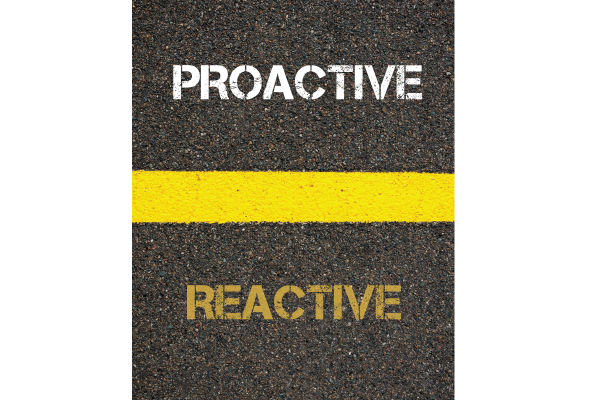When Troy Batchelor started working in retail operations three decades ago, a camera and a yellow notepad were among an FM’s most valuable tools for performing site inspections. Making a punch list involved writing down detailed notes in the field and then going back to the office to type them up and share them with the team. The process was slow, and good luck finding a note from several weeks ago buried somewhere in that thick, coffee-stained pad.
Fast forward to 2018, and things have changed remarkably. Over the summer, Batchelor, the Director of Business Development for French Co., was planning a soft launch of his company’s new mobile app, which aims to make sense of the wealth of data available to FM managers.
French Co. specializes in preventive maintenance for shopping carts, grocery-cart fleets, rolling stock and material-handling equipment for large companies. The company uses data analytics and reporting from its proprietary software to analyze the total maintenance costs across each category of equipment maintained, allowing retailers to make better purchasing decisions.
The new app will provide a single place to store pictures, video, audio
“It’s about time savings and efficiency, but it’s also about giving context to the information that’s been collected,” Batchelor said. “For the end user, the facility manager sitting at his desk and managing a thousand locations, it’s being able to quickly review data collected across all locations and make sense of it and make it actionable. Information is not helpful unless it’s actionable.”
According to the global research and advisory firm Gartner, there will be more than 25 billion “smart” devices in use by 2020, up from only 4.88 billion in 2015, with businesses such as retail stores driving much of that growth. The amount of data available to FMs is exponentially greater than ever before and is certain to increase dramatically.
Batchelor said FMs who are hesitant to embrace mobile apps risk missing out on increased efficiency.
“A lot of these apps are bringing the old school into the present day,” he said. “It’s important to be able to quickly share information so you can address issues immediately. The question I would ask is what’s your time worth? Things move very quickly when you’re managing many locations, and you have to be able to react, but you also have to be able to go back and follow up on things. Today’s new technology provides better accessibility.”
By: Nick Fortuna









